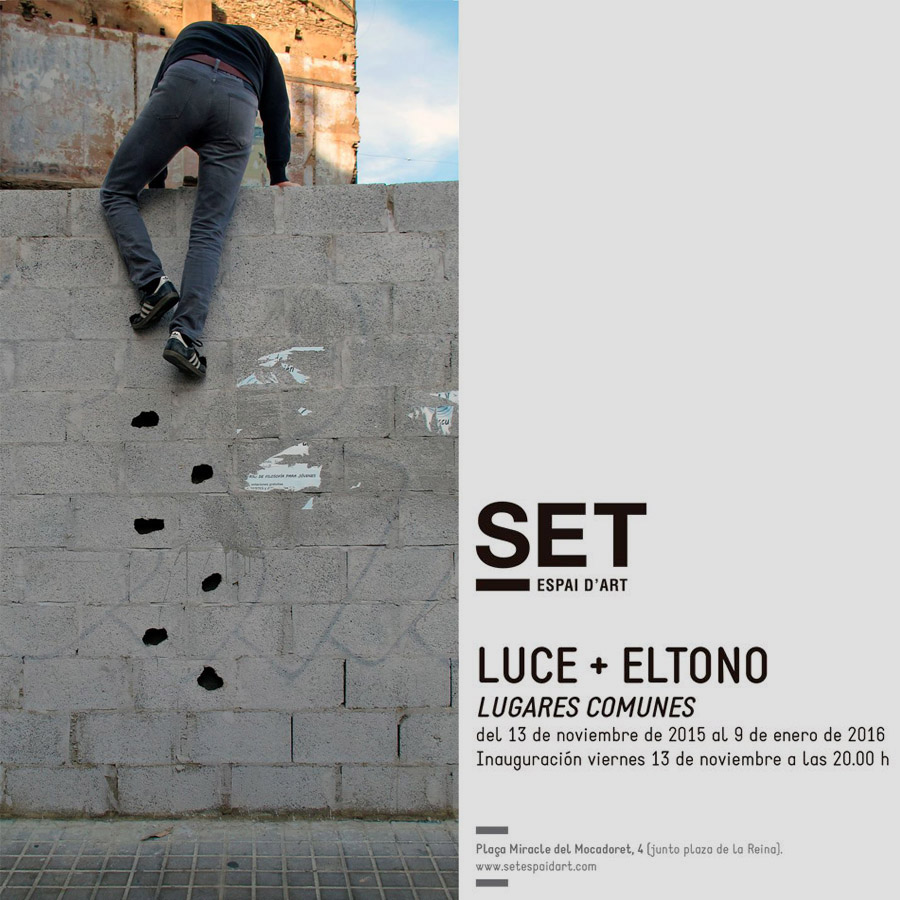Pintura generativa y participativa
Parque Clemenceau
Dijon, Francia 06/2016
5 días y 87 participantes – proyecto organizado por el centro cultural Acodege y financiado por la Commission de Quartier Clemenceau y la ciudad de Dijon.
Le Dédale, recorrido de arte en el espacio público
Belvès, Dordoña, Francia, 06/2016
Cuando me ofrecieron participar en el Dédale en Belvès, me fui directamente a caminar por las calles del pueblo para encontrar ideas de como intervenir en él. Acostumbrado a trabajar en ciudades, crear en la calles de un pueblo tan harmonioso y encantador representaba para mi un real desafío. Rápidamente, noté la presencia de una gran cantidad de casas desocupadas con las aperturas tapiadas por tablones de madera. Entonces es cuando tuve la idea de intervenir directamente en esas tablas y viejas contraventanas para poner en valor los edificios sin alterarles, sin tocar sus piedras. Pintar sobre esos soportes efímeros, testigos marginales de una actividad pasada interrumpida, les devuelve cierta dignidad y les da de nuevo un papel honorable en la ciudad: soporte de obra de arte.
Somerset House
Londres, Reino Unido
Exposición comisariada por A by P
3 marzo – 2 mayo 2016
Footpaths
Cuatro performances de 15 minutos caminando
Tinta negra sobre papel Fabriano Rosaspina 285 g. 100 x 70 cm, vídeo de 2 minutos
Reglas :
www.a-by-p.com
www.somersethouse.org.uk/visual-arts/venturing-beyond
Pintura generativa y participativa
Cité Brûlard (las “408”)
Besançon, Francia 03/2016
9 días y 125 participantes – proyecto organizado por Juste Ici dentro del marco de un CLEA (contrato local de educación artistica) con las escuelas primarias de la Butte y de la Grette.
Gracias a todo el equipo de Juste Ici, a las voluntarias (Fany y Sandrine), a la MJC Grette-Butte, a los residentes de las 408, a los profes de las escuelas de la Grette y de la Butte y sobretodo a los 125 alumnos que han participado en la pintura.
Fotos por Fany y Eltono
Pintura generativa y participativa
Mercado Les Grésilles
Dijon, Francia 03/2016
4 días y 30 participantes – proyecto organizado por Zutique y con la participación de los niños de la MJC y del centro social del barrio les Grésilles.
Phnom Penh, Camboya
Abril 2015
Invitado por el Institut Français y los artistas Chifumi y Théo Vallier.
Luce + Eltono
SET Espai d’Art
Plaza Miracle del mocadoret 4, Valencia, España
13 de noviembre 2015 – 12 de enero 2016

“Lugares Comunes” fue mi primera colaboración con el artista valenciano Luce. Presentamos cuatro instalaciones basadas en observaciones y experiencias que recogimos por la ciudad de Valencia durante las tres semanas que duro el proyecto.
Esta pieza consiste en realizar agujeros en paredes que tapan solares abandonados con el fin de facilitar el acceso a su interior. Los agujeros en zigzag hacen de escalera. Están hechos utilizando martillo y cincel, son irregulares debido a su rápida ejecución y su tamaño es el necesario para poder introducir el pie. En la galería generamos cinco “Escaleras Butrón”; tableros de madera que copian a escala real la forma, tamaño y disposición de los agujeros. La reproducción de esos agujeros sobre madera de una manera fiel requiere rigor, un rigor que contrasta con el azar de la pieza original hecha en la calle, a base de golpes y adrenalina.
Una estructura hueca, en forma de símbolo omega, pensada para colocarse sobre las paredes de los solares. En su interior un juego de espejos que nos permite literalmente ver a través del muro. Unas ruedas permiten desplazar el aparato horizontalmente para poder explorar apropiadamente el interior de los solares. En la galería, construimos un muro donde apoyar el Periscopio y enseñamos un vídeo donde se muestra el objeto en uso por la ciudad y las impresiones de los transeúntes que lo probaron.
Después de observar varias escuadras en desuso en lugares donde anteriormente estaba colocado un aparato de aire acondicionado, decidimos aprovecharlas para instalar unas sillas. Asiento y respaldo de madera apoyan sobre las escuadras abandonadas en las fachadas de los edificios. Para la exposición hicimos una instalación para enseñar la silla junto a cuatro fotografías donde aparecemos sentados. Esos autorretratos son los testigos de las intervenciones donde se ve a los artistas disfrutar del invento y contemplar la ciudad desde un punto de vista insólito.
Utilizamos ocho listones de madera de distintas longitudes, con un agujero en un extremo y ceras de colores en el otro. En la calle, buscamos salientes donde colgar los palos. Los salientes eran el centro de circunferencia que usamos para dibujar jugando con las restricciones impuestas por el mismo punto de anclaje, el tamaño del listón y los elementos alrededor. Para la exposición, duplicamos una situación real (observada por la calle) de ocho puntos y utilizamos los palos para dibujar en una de las paredes de la galería. A modo de testigo de la ejecución del trazado en la pared, producimos 8 dibujos a una escala inferior sobre papel.
Acciones extras que realizamos durante la preparación de la exposición. Experimentos que no enseñamos en la galería pero que fueron importante durante el proceso.
“33,333”
Port de la Gare Paris 13e
Performance Nº48 – 17 y 18 de octubre de 2015
www.lemur13.com